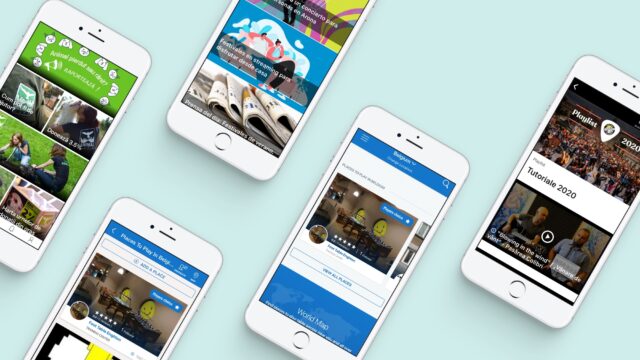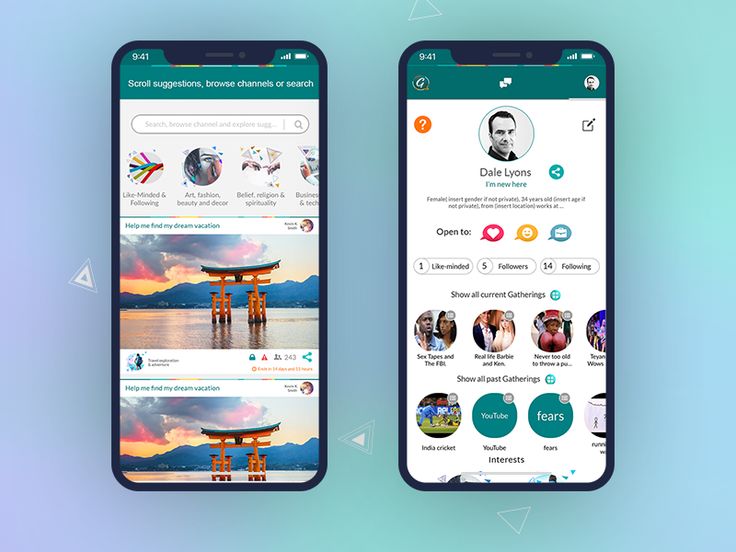Agra is renowned for its rich artisan heritage, producing intricate handicrafts, textiles, and other traditional crafts. To help the artisan community thrive and reach a broader audience, creating a mobile app can be a transformative solution. Here’s a step-by-step guide on how to create a mobile app that effectively supports and promotes Agra’s artisans.

Table of Contents
Toggle1. Define Your Objectives
Before diving into app development, clarify the objectives of the app. Consider the following goals:
- Promote Local Artisans: Showcase the work of artisans to a wider audience.
- Facilitate Sales: Enable artisans to sell their products directly to consumers.
- Educate Users: Provide information about the history and techniques behind various crafts.
- Build Community: Foster a sense of community among artisans and customers.
2. Conduct Market Research
Understanding the needs and preferences of both artisans and potential customers is crucial:
- Identify Target Users: Determine who will use the app, including local residents, tourists, and craft enthusiasts.
- Analyze Competitors: Research existing platforms that promote artisans and handicrafts to identify their strengths and weaknesses.
- Gather Feedback: Conduct surveys or focus groups with artisans and potential customers to gain insights into what features they would find valuable.
3. Outline Key Features
Based on your research, outline the essential features your app should include:
- Artisan Profiles: Create detailed profiles for each artisan, including their biography, craft techniques, and images of their work.
- Product Listings: Enable artisans to showcase and sell their products through a well-organized catalog.
- E-commerce Functionality: Integrate a secure payment gateway to facilitate online transactions.
- User Reviews and Ratings: Allow customers to leave reviews and ratings for products and artisans, building trust and credibility.
- Event Calendar: Feature local events, fairs, and exhibitions where artisans will be showcasing their work.
- Blog and Resources: Provide educational content about the artisan community, craft techniques, and the importance of supporting local artisans.
4. Choose the Right Technology Stack
Selecting the appropriate technology for your app is critical to its performance and scalability:
- Frontend Development: Use frameworks like React Native or Flutter for cross-platform compatibility (iOS and Android).
- Backend Development: Choose robust backend technologies like Node.js or Ruby on Rails to manage user data securely.
- Database Management: Opt for a reliable database solution, such as Firebase or PostgreSQL, for efficient data storage and retrieval.
5. Design an Intuitive User Interface (UI)
A user-friendly interface is essential for encouraging user engagement:
- Visual Appeal: Incorporate vibrant images of artisans and their work, reflecting the beauty of Agra’s crafts.
- Easy Navigation: Ensure users can easily find artisans, products, and educational content through intuitive navigation.
- Accessibility: Make the app accessible to all users, including those with disabilities, by considering font sizes and color contrasts.
6. Implement Security Measures
Protecting user data is crucial for building trust:
- Data Encryption: Use encryption protocols to safeguard sensitive user information and payment details.
- Secure Payment Processing: Integrate secure payment gateways that comply with industry standards to protect financial transactions.
- User Authentication: Implement strong authentication processes to prevent unauthorized access.
7. Testing and Quality Assurance
Thorough testing is essential to ensure the app functions correctly and meets user expectations:
- Functional Testing: Verify that all features work as intended.
- Usability Testing: Gather feedback from real users to identify areas for improvement in the user experience.
- Performance Testing: Test the app’s performance under various conditions to ensure it can handle high traffic and transactions.
8. Create a Launch Strategy
A well-thought-out launch strategy will maximize visibility and user adoption:
- App Store Optimization (ASO): Optimize the app’s listing on Google Play and the Apple App Store to improve visibility and attract downloads.
- Local Marketing Campaigns: Utilize local advertising channels, social media, and partnerships with artisan organizations to promote the app.
- Incentives for Early Users: Consider offering incentives such as discounts or exclusive offers for users who download and register within a specific time frame.
9. Gather Feedback and Iterate
After launching the app, continue to gather feedback from users to identify areas for improvement. Regularly update the app to add new features, fix bugs, and enhance the overall user experience.
10. Build a Community
Encourage interaction and engagement among users and artisans:
- Forums and Discussion Boards: Create spaces within the app for users to discuss crafts, share tips, and connect with artisans.
- Social Media Integration: Allow users to share their favorite products on social media platforms, increasing visibility for artisans.
Conclusion
Creating a mobile app for Agra’s artisan community can significantly enhance the visibility and market reach of local artisans while providing a platform for education and community building. By understanding the needs of artisans and consumers, defining essential features, and focusing on user experience, you can develop an app that supports and promotes Agra’s rich cultural heritage. With the right approach, this app can become a vital tool for preserving and celebrating the artistry of Agra’s artisans.


No responses yet